New research shows tsunamis threaten Sydney Harbour
NEW research has shown the places in Sydney most at risk of tsunami disaster. And it’s something we’re woefully unprepared for.
NEW research released today shows Sydney Harbour is at risk of inundation by a tsunami.
Scientists from the University of Newcastle have highlighted a number of possible scenarios, including “dangerous whirlpools” at The Spit, killer currents and flooding at popular tourist locales such as Manly Corso and Sydney Harbour.
“A Sydneysider will probably experience a tsunami in their lifetime,” said Dr Hannah Power, who co-authored the findings.
“But the way we think about tsunami needs to be reframed to reflect a realistic picture of a likely event.”
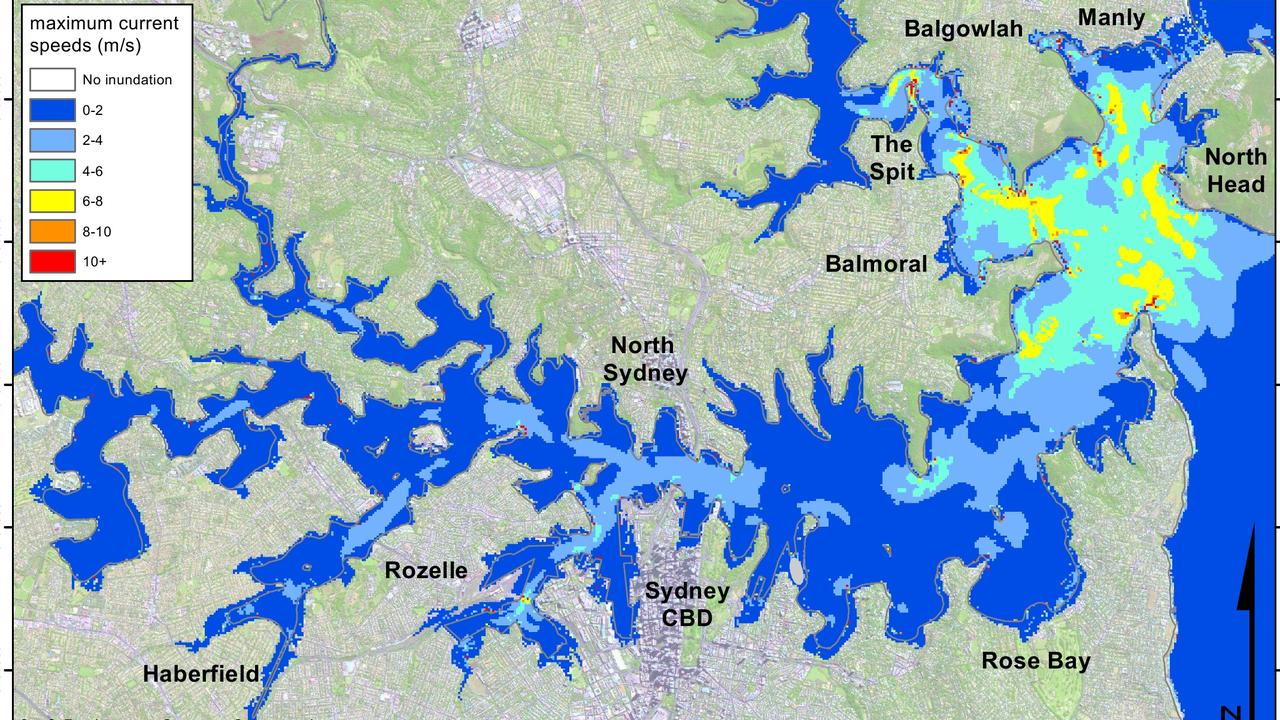
The research doesn’t mince words, suggesting our warning systems are ill-prepared, putting the public at risk.
The research shows waves that pose a threat to the east coast of Australia could reach our shores in “two hours”, originating from underwater earthquakes and travelling as fast as jet liners.
RELATED: Australia has a history of being hit by tsunami and it could happen again
This is in contradiction to previous reports from the Joint Australian Tsunami Warning Centre, which estimate a tsunami originating from neighbouring hot spots such as Indonesia would take between three and four hours to reach Australian shores, giving Australian emergency services 90 minutes to alert the public.
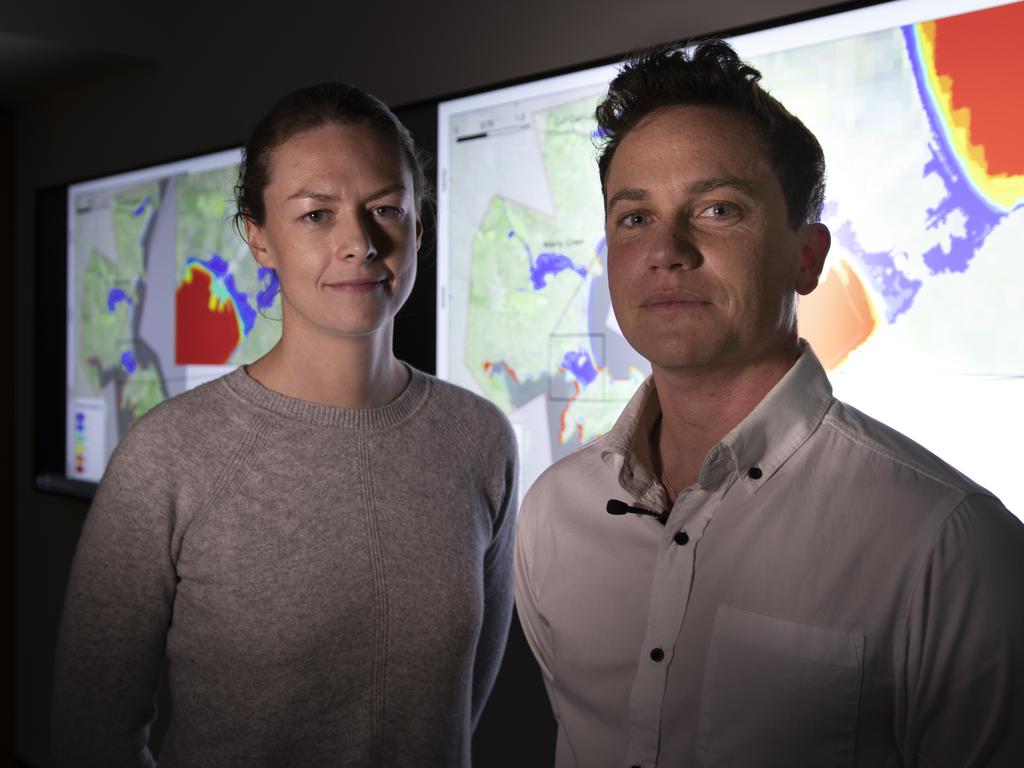
A great risk is posed for swimmers, surfers, fishers, anybody travelling on a ferry and those making use of the harbour, with the researchers warning of terrifying changes in powerful currents and the formation of dangerous whirlpools.
“Some of the larger events we’ve modelled could cause rapid current speeds of up to eight metres per second, becoming dangerous very quickly”, Dr Power explains.
“For context, an Olympic swimmer might swim two metres per second at their fastest.
“Strong currents and unpredictable rapid water movements would make the harbour an unsafe place to be, posing a threat to swimmers, fishers, boaters and potentially those near the water.”
Many other areas of Australia’s coastline could face similar problems; currently only Sydney has been modelled in such a way.
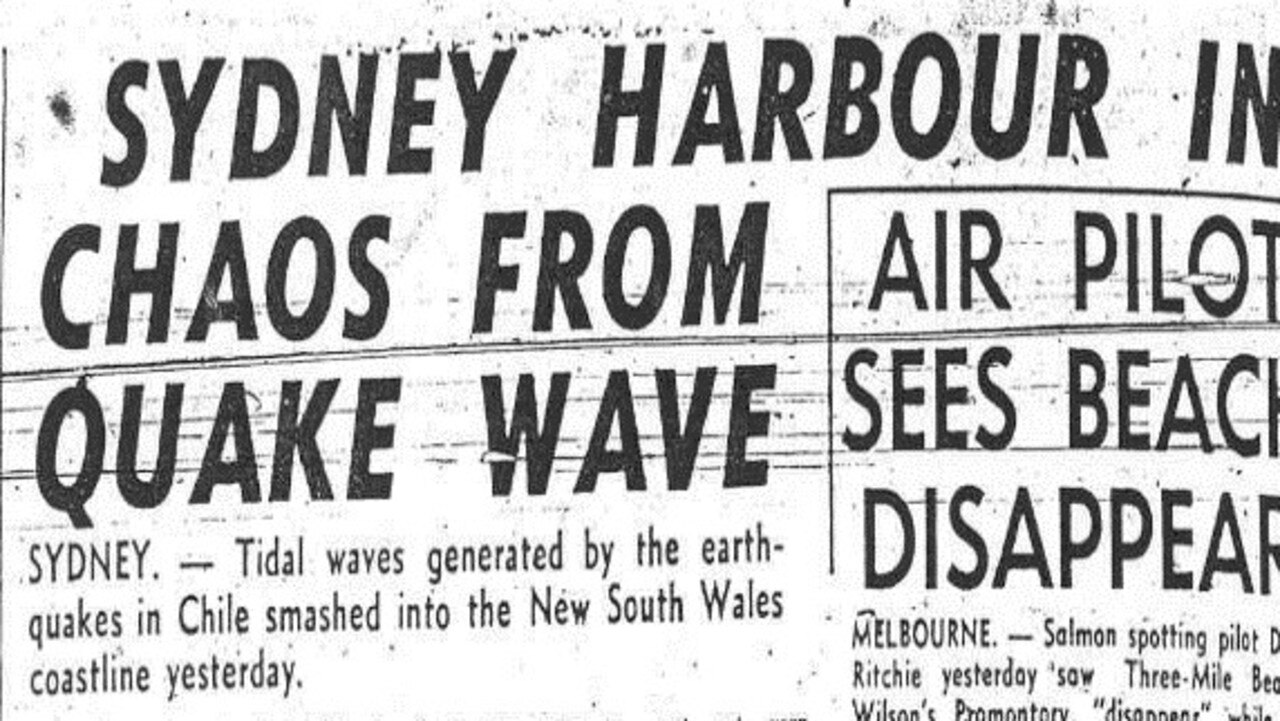
Australians often feel safe from the threat of tsunamis because of our distance from earthquake-prone nations, but historically this has not shielded us from catastrophe.
“NSW has been affected by serious events in the past — for example the Chile earthquake in May 1960, which caused major disruption to Sydney Harbour,” Mr Kaya Wilson, co-author of the findings, said.
“When you broach the idea of Australia being susceptible to tsunami, you’re usually met with a dichotomy — either total disbelief that we’re at any risk, or panic as to what the threat means to the individual.”
From the modelling and research conducted, Dr Power is able to demonstrate a different kind of devastating tsunami washing over familiar Australian hot spots. “Hollywood sells us images of huge walls of water and engulfing waves, but in fact we’d be looking at something more like a significant and unpredictable tide moving in and out in minutes rather than hours.
“The water could be rapidly rising and falling, with current speeds changing direction every few minutes.”
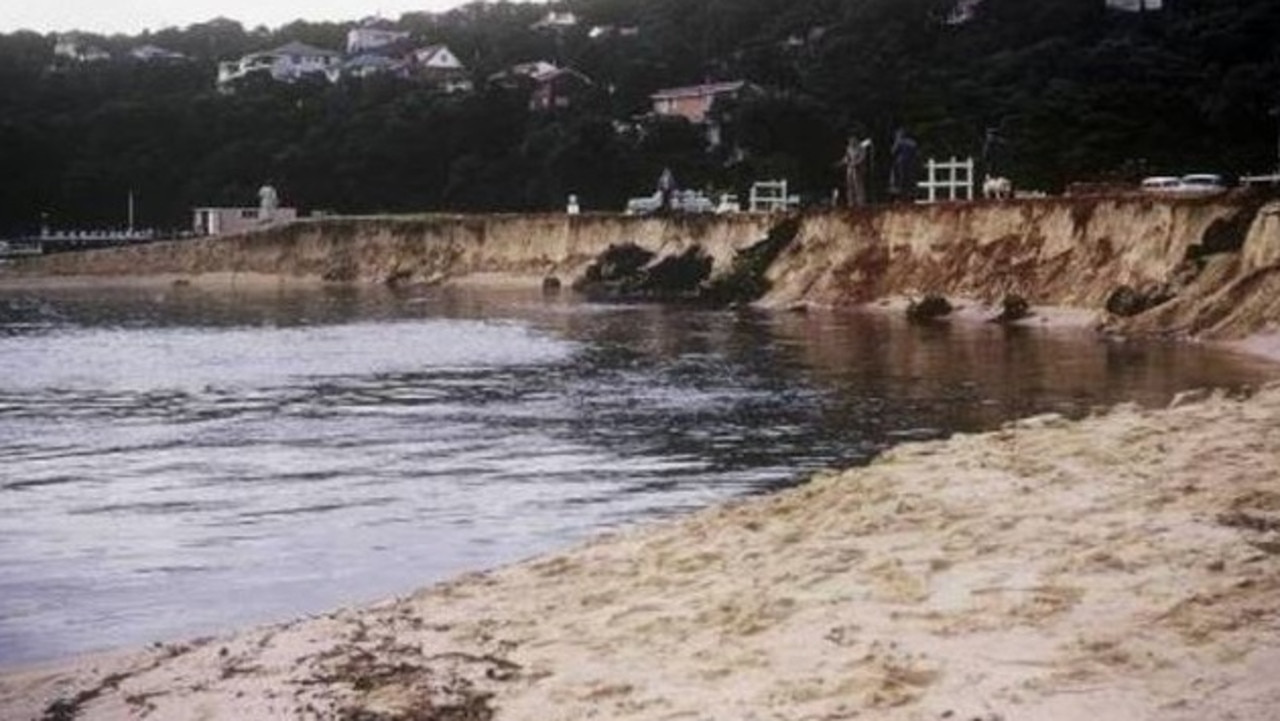
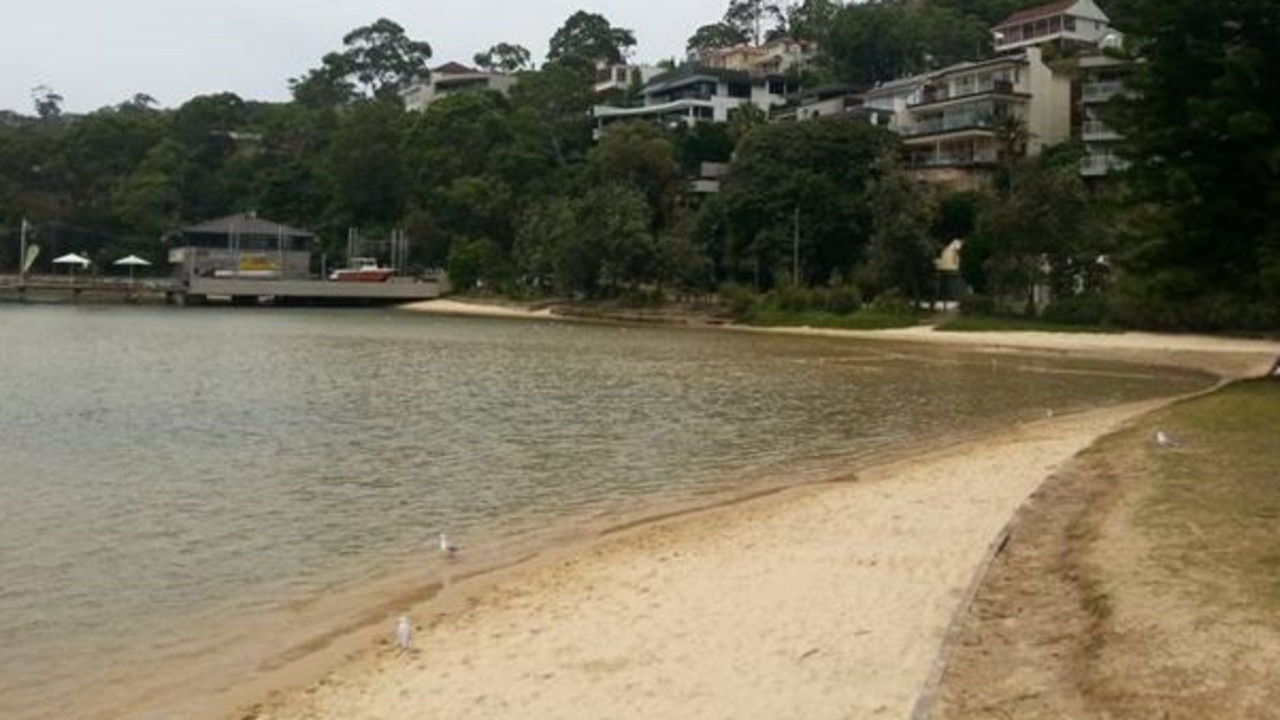
In the past, tsunamis in Sydney have caused dangerous and powerful whirlpools around the Spit Bridge in Manly. Dr Power also warned of the serious possibility of the erosion of buildings and other infrastructure around waterways where there might be tsunami activity.
THE LIKELIHOOD FOR AUSTRALIA
While the probability of a tsunami hitting Sydney Harbour or other parts of NSW isn’t extremely high, the impact would be thoroughly devastating. The team’s research highlights Australia’s ill-preparedness.
The tsunami that hit Sydney Harbour in 1960 was significant. “We could expect a tsunami of a similar size in the harbour once every 50 to 100 years.”
Dr Power explains that the probability of this happening again is much more likely than we think.
“When we say something has a one in 20-year likelihood, that doesn’t mean it happens once every 20 years. It means that, on average, there is a one in 20 chance of that event happening every year,” she said.
“Whilst you might think a one in 100-year event is infrequent and unlikely to happen in your lifetime, in reality there’s a one in 100, or a 1 per cent, chance of it occurring every single year.
“If you translate that to something people might put more emphasis on, perhaps like their health, if there was a 1 per cent risk of a medical procedure going horribly wrong, you might rethink whether you wanted to have that operation.”
Since the release of the report, emergency services have “paid close attention” to the findings. For Dr Power, it’s all about raising public awareness.
“We need to put the risk in context for the general public, so that when we receive alerts warning of a potential tsunami threat, people take it seriously and act safely,” she said.
“That means following the instructions and warnings from our emergency services as advised, rather than trying to witness the event.”



